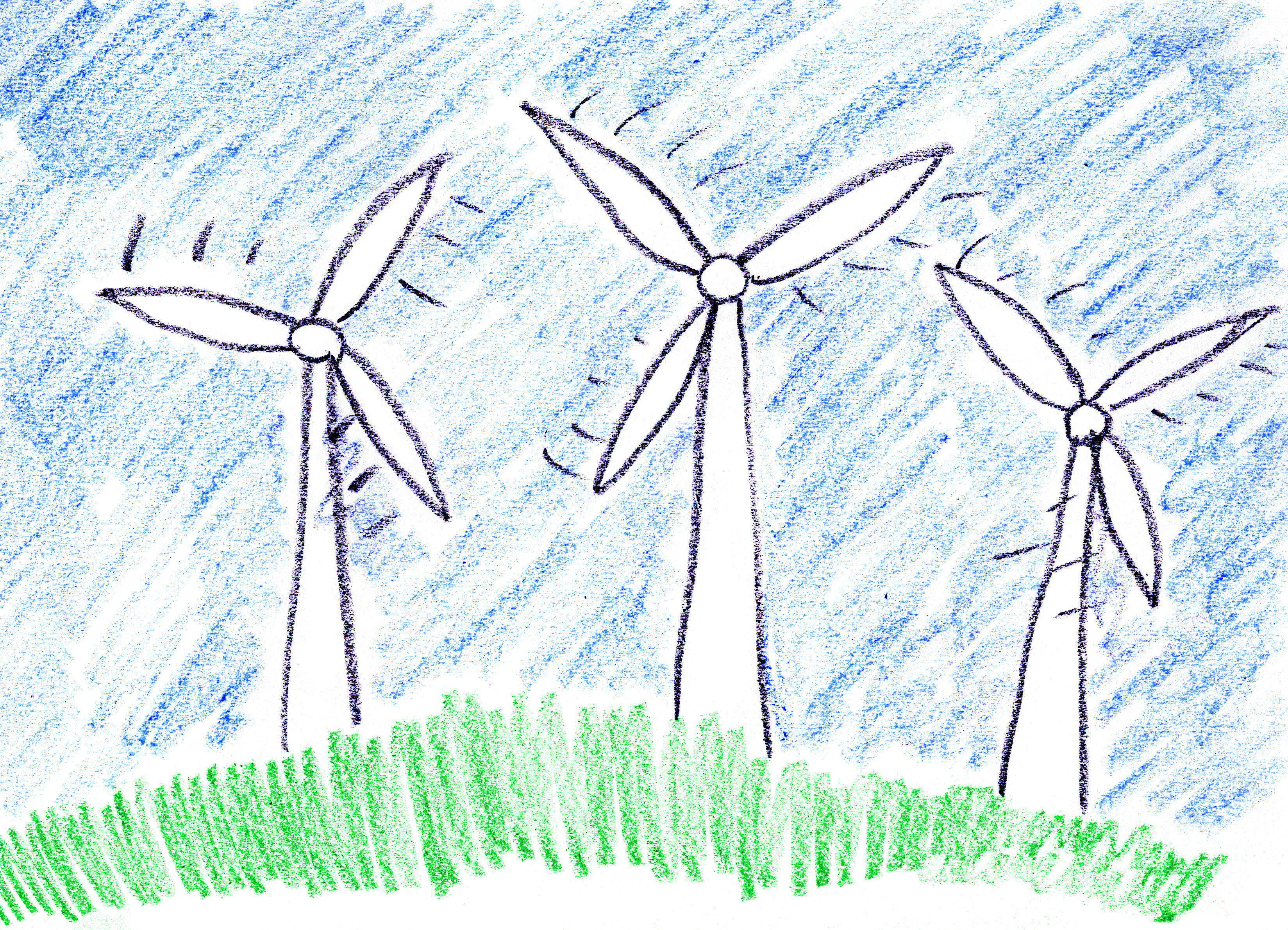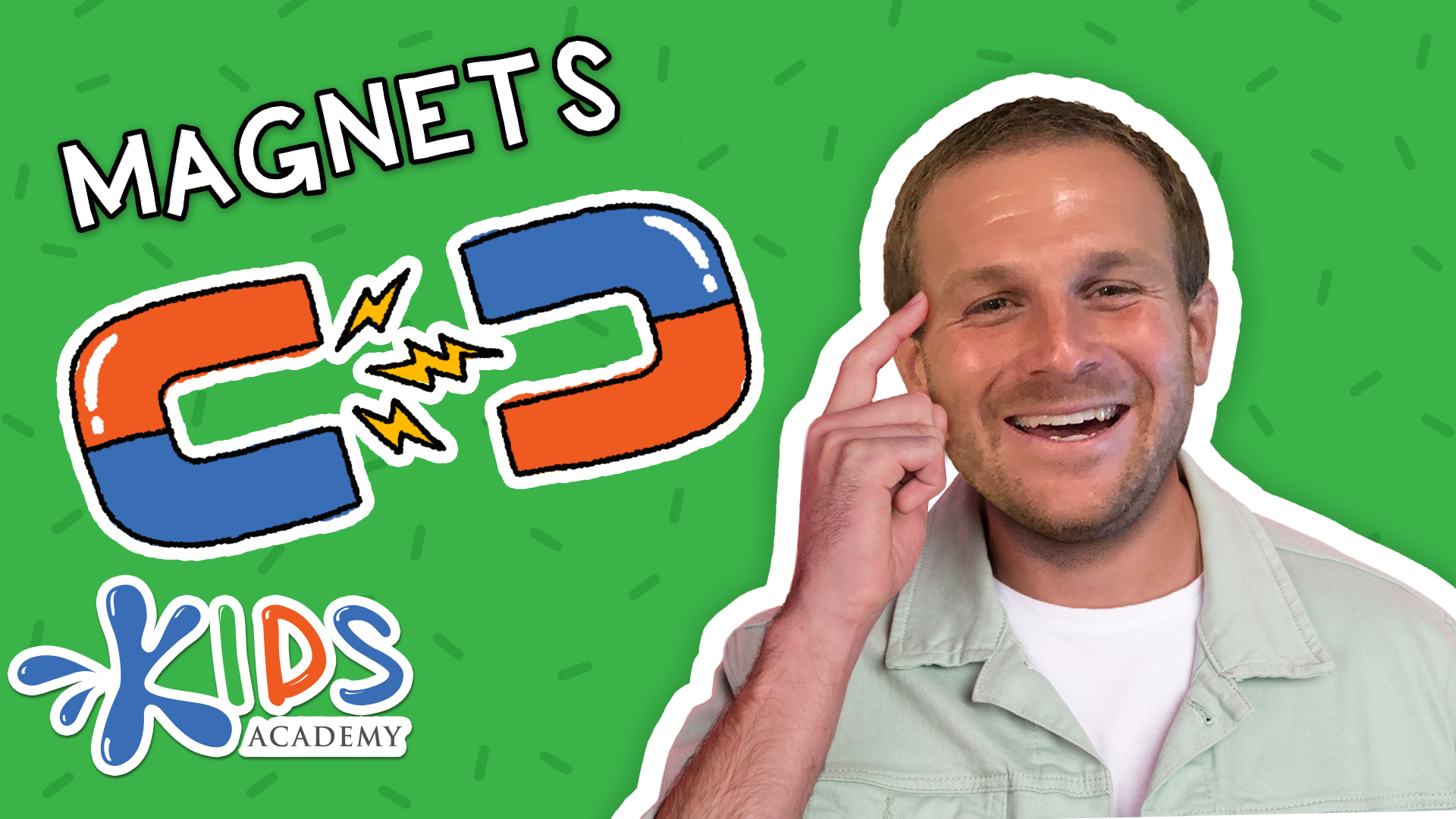Reading comprehension Physical Science Worksheets for Ages 6-8
8 filtered results
-
From - To
Enhance your child's learning with our engaging Reading Comprehension Physical Science Worksheets designed for ages 6-8. These worksheets provide a perfect blend of science concepts and reading practice, helping young learners improve their comprehension skills while exploring basic physical science topics. Each worksheet features age-appropriate content, vivid illustrations, and thought-provoking questions that encourage critical thinking. Whether at home or in the classroom, these interactive resources foster a love for reading and science, ensuring a well-rounded educational experience for your child. Download now to spark curiosity and enhance your child's understanding of the world around them!


Forms of Energy Worksheet
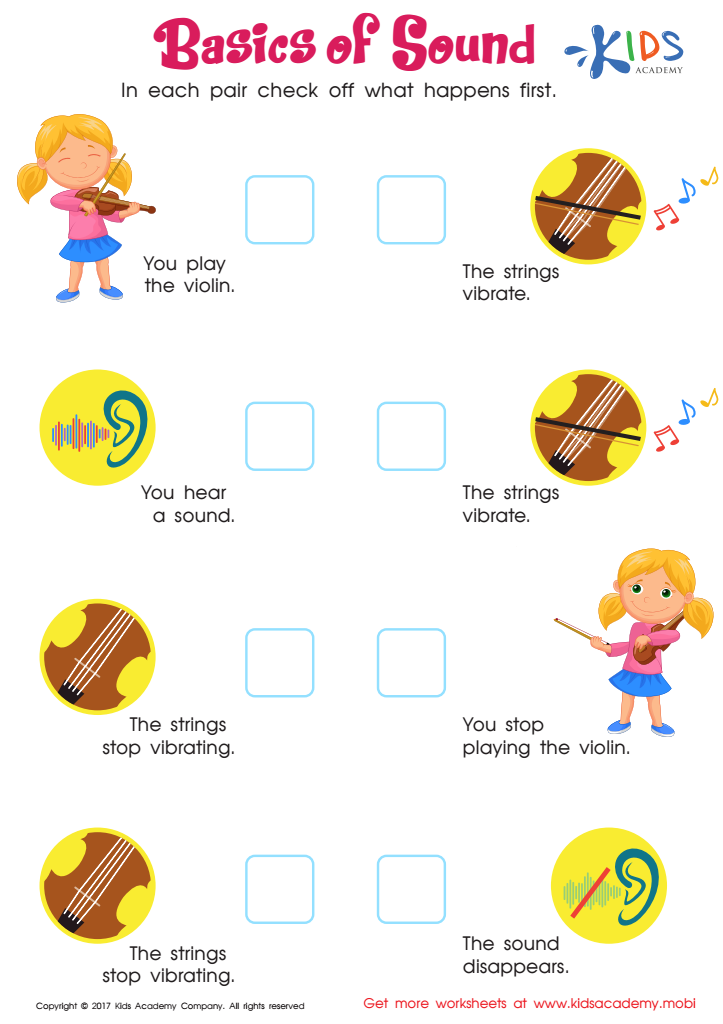

Basics Of Sound Worksheet
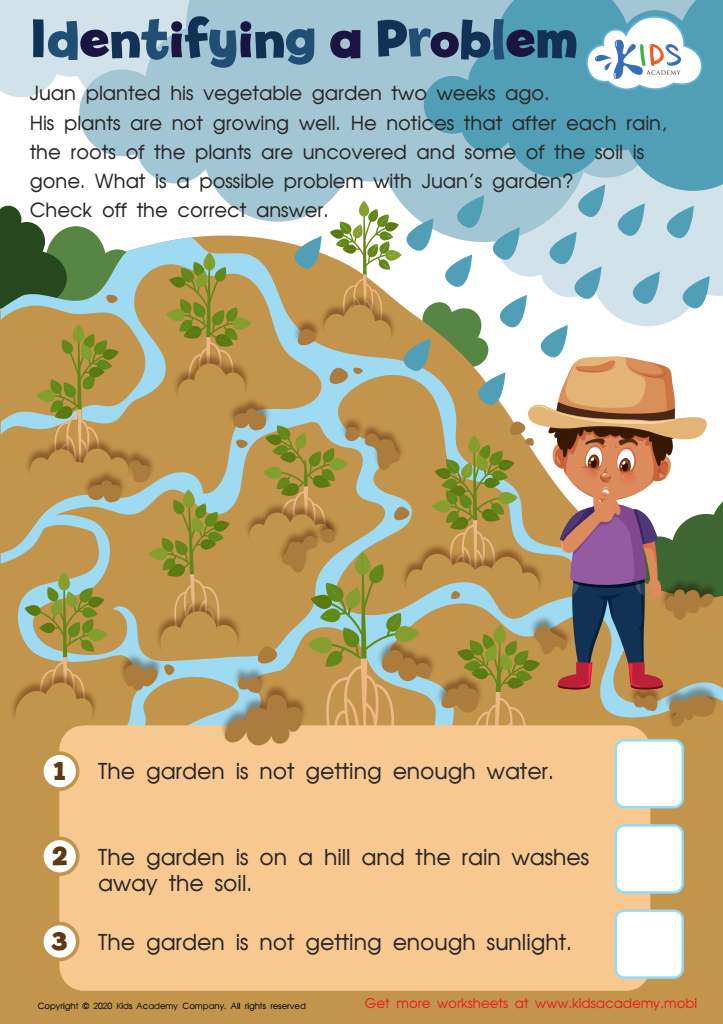

Identifying a Problem Worksheet
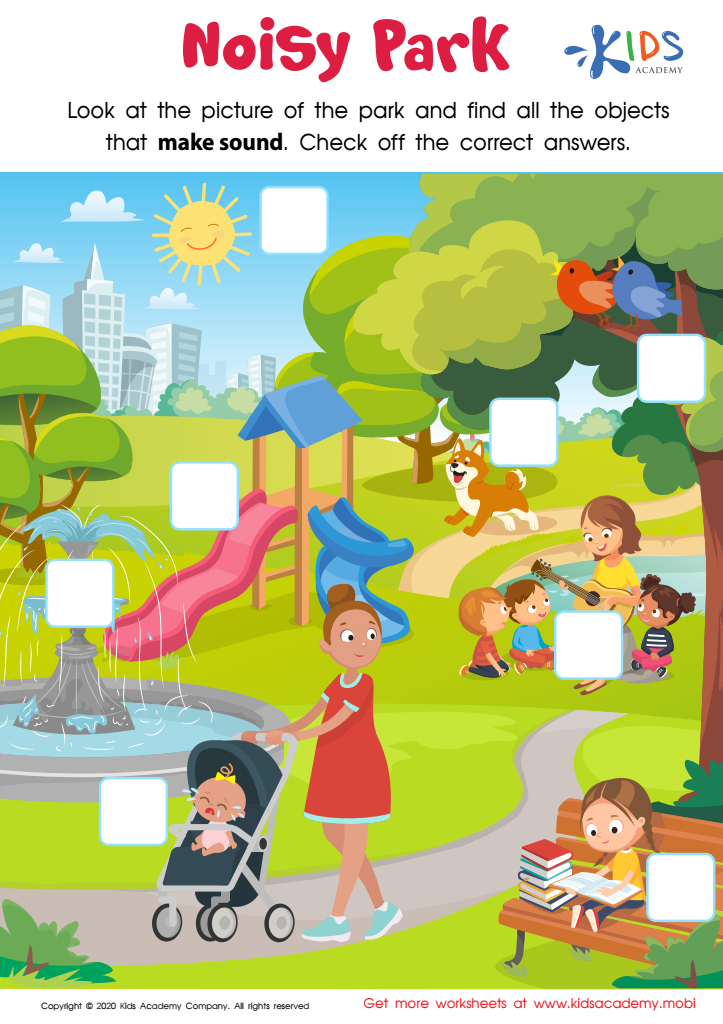

Noisy Park Worksheet
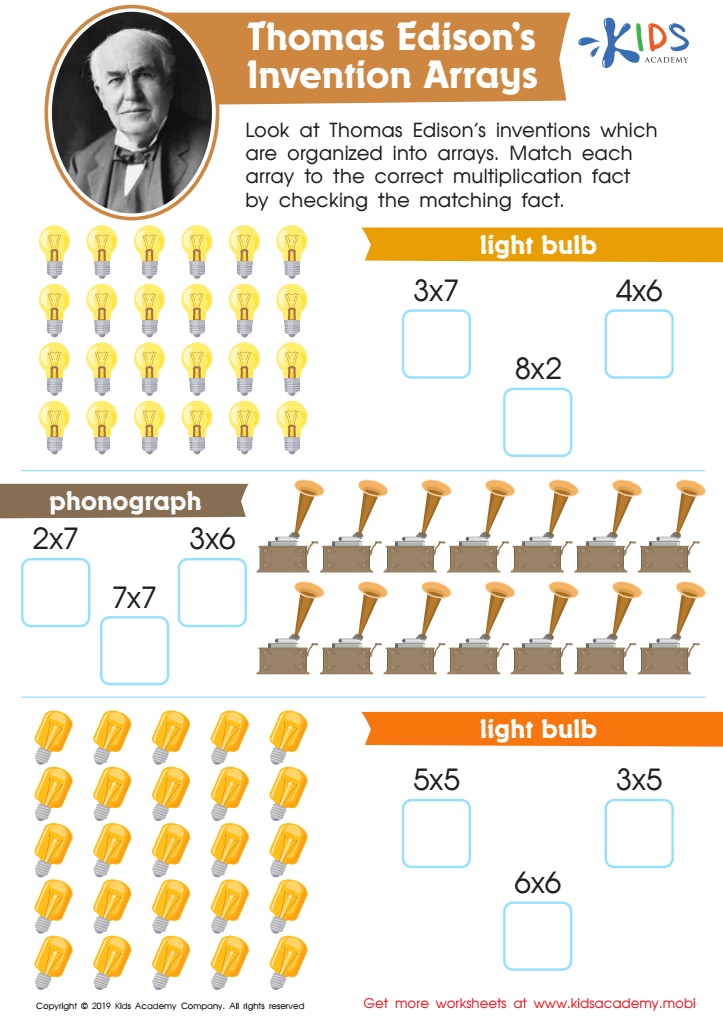

Thomas Edison’s Invention Arrays Worksheet
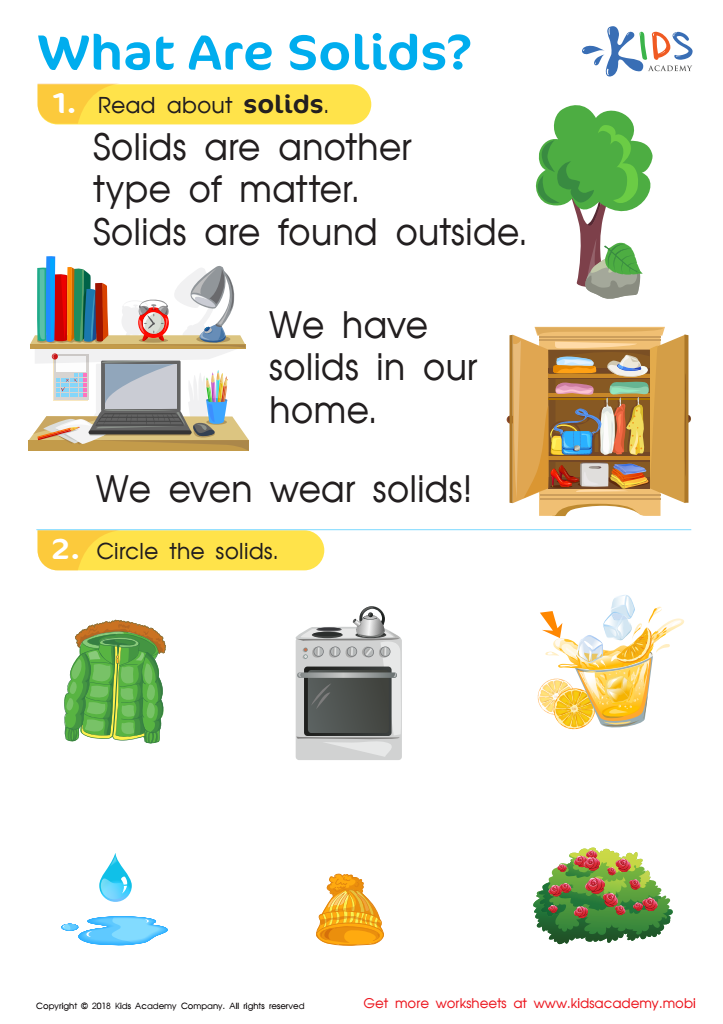

What Are Solids? Worksheet
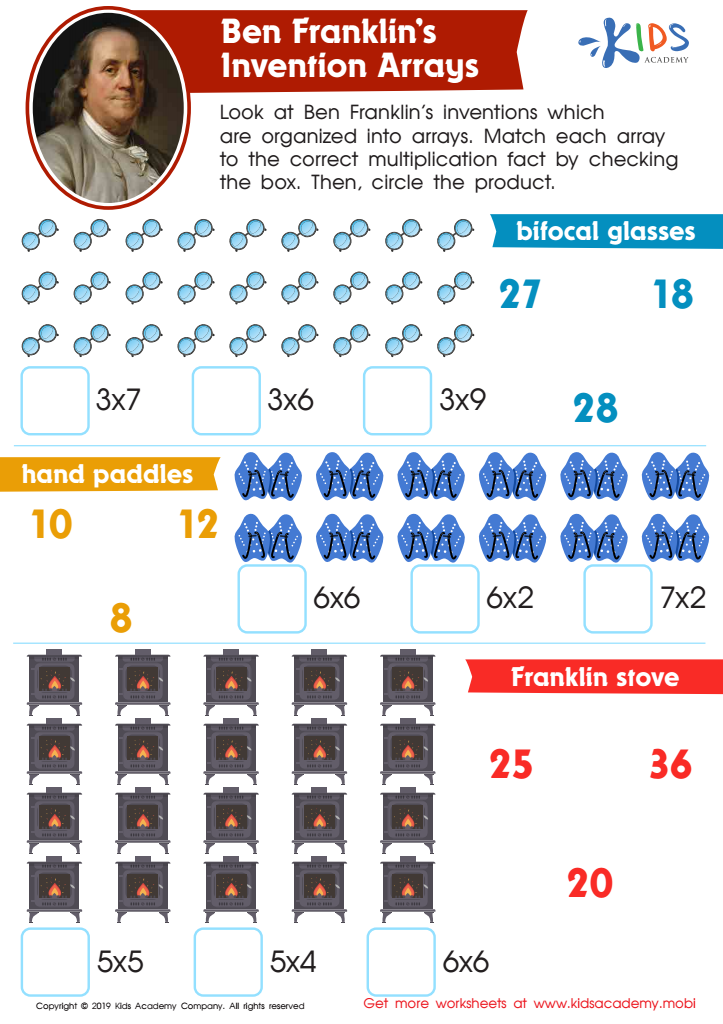

Ben Franklin’s Invention Arrays Worksheet
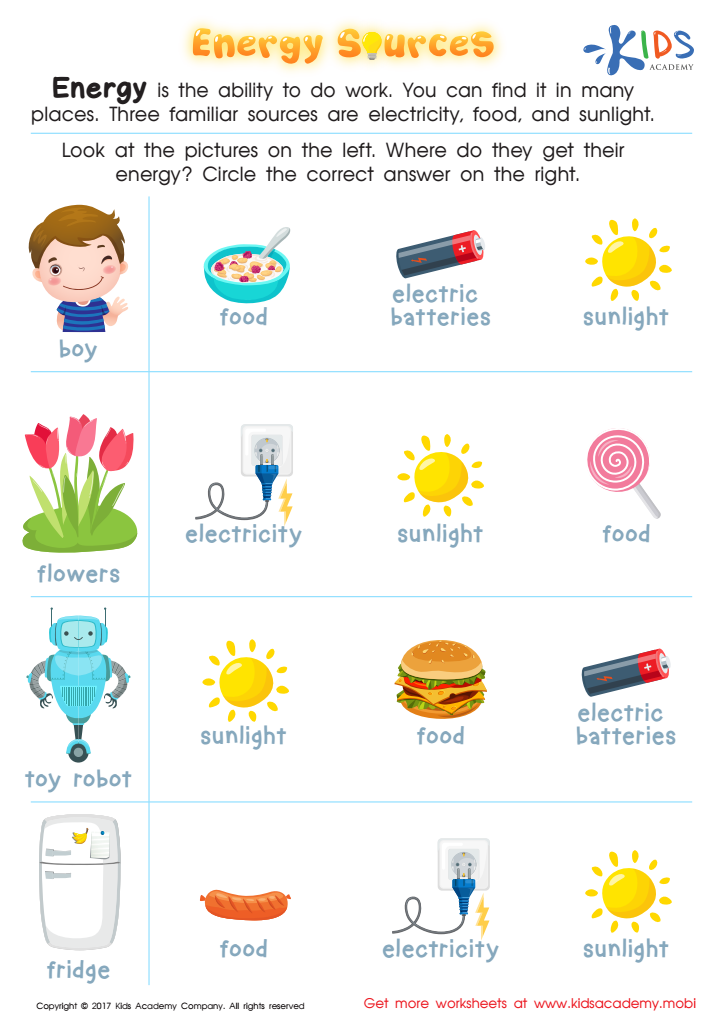

Energy Sources Printable
Reading comprehension in Physical Science for children aged 6-8 is crucial for several reasons. At this formative stage, children are beginning to develop essential foundational skills that will benefit their overall education and understanding of the world. When children learn to read effectively, they also learn to comprehend complex concepts, making it easier for them to engage with scientific content. This foundational knowledge is critical as it encourages curiosity, critical thinking, and problem-solving skills.
Understanding Physical Science not only provides children with knowledge about the natural world, such as weather patterns, plant growth, and the states of matter, but it also fosters a sense of inquiry and exploration. Additionally, strong reading comprehension improves vocabulary and communication skills, enabling children to articulate scientific observations and ideas clearly.
Moreover, early exposure to reading comprehension in science can ignite a lifelong passion for STEM (Science, Technology, Engineering, and Mathematics) fields. Parents and teachers who emphasize the integration of reading with scientific learning help children retain information more effectively and teach them to question and explore beyond the text. This holistic approach enhances students' educational journey and prepares them for future academic challenges in a rapidly evolving world.
 Assign to My Students
Assign to My Students







